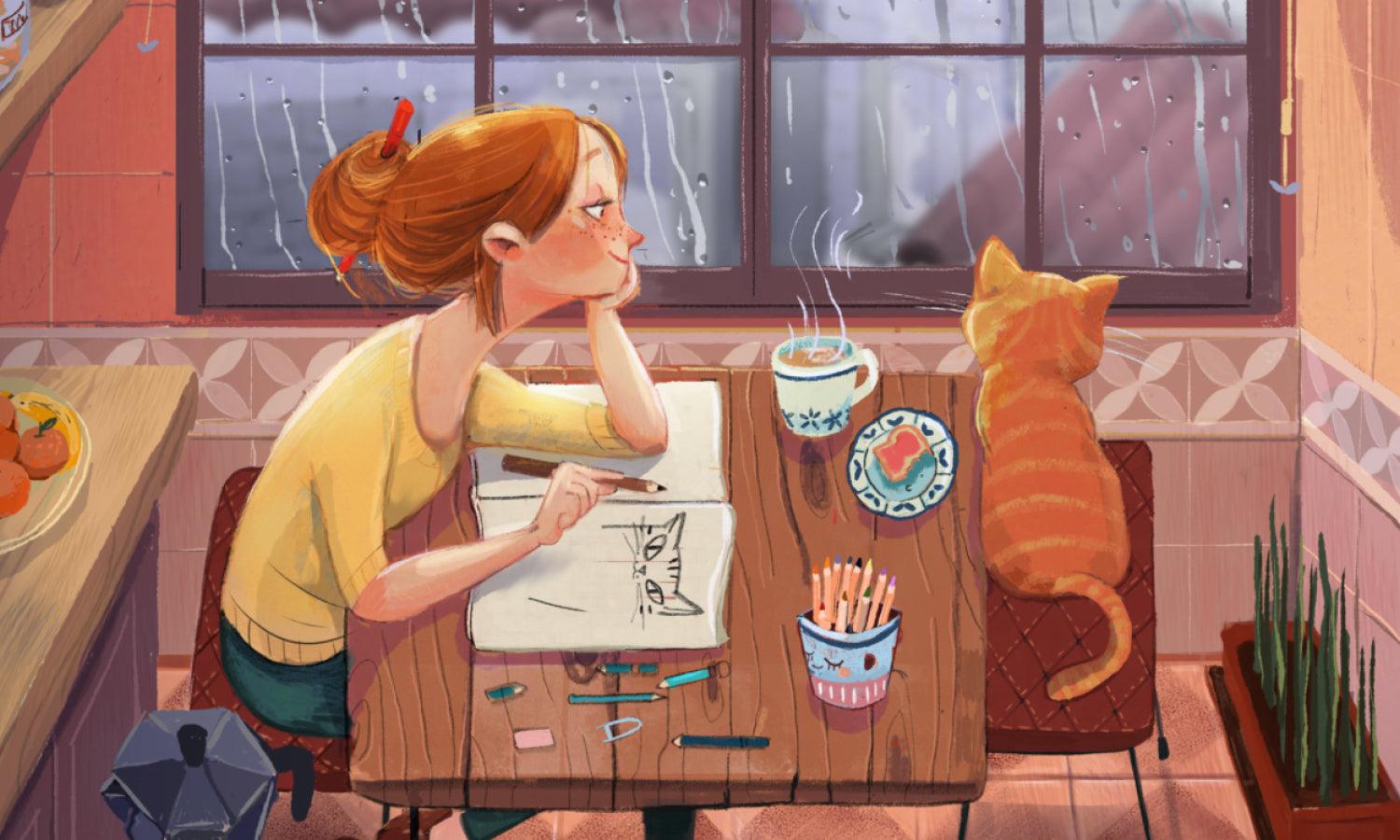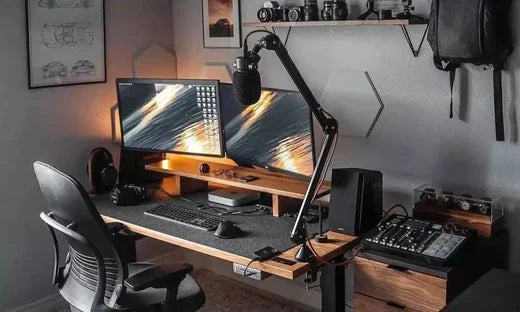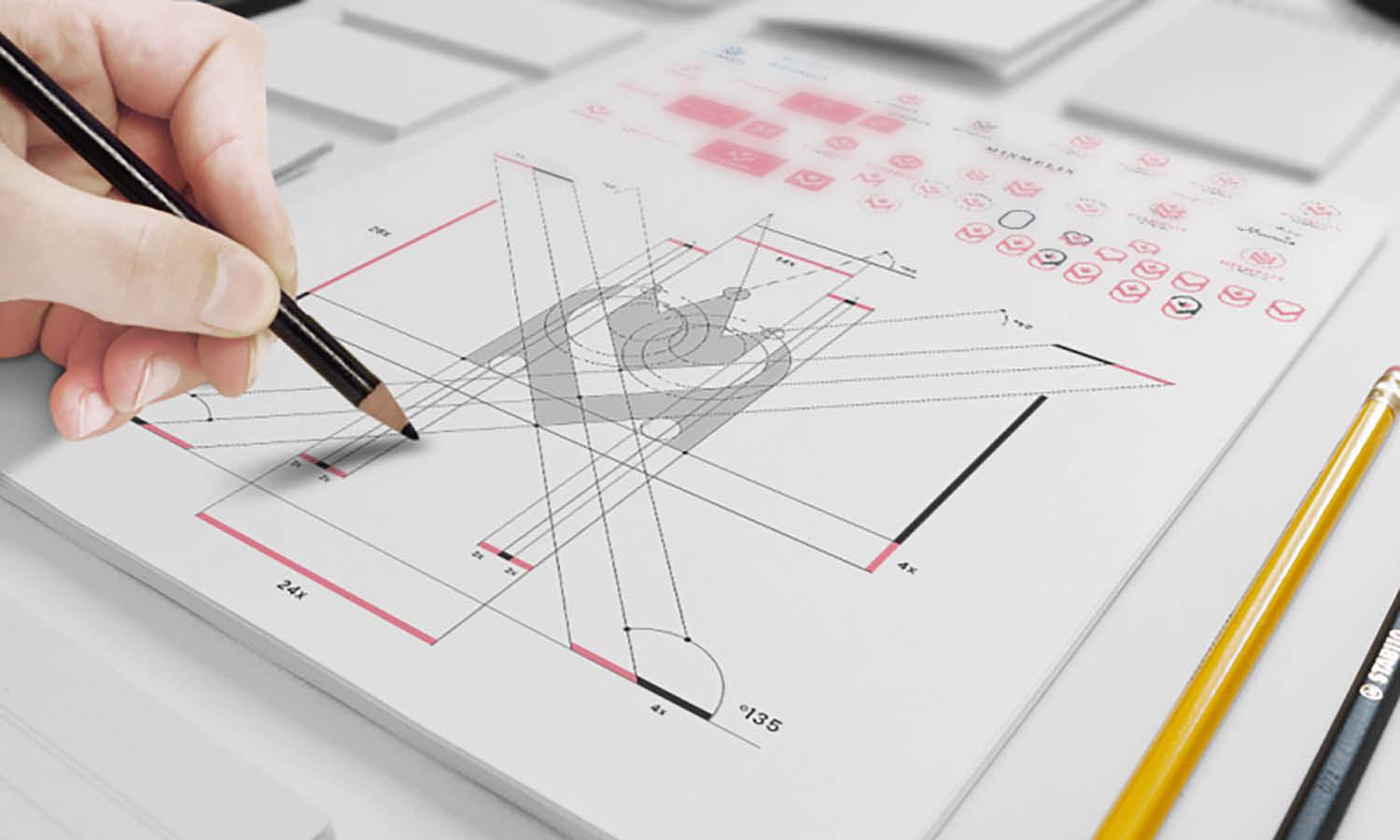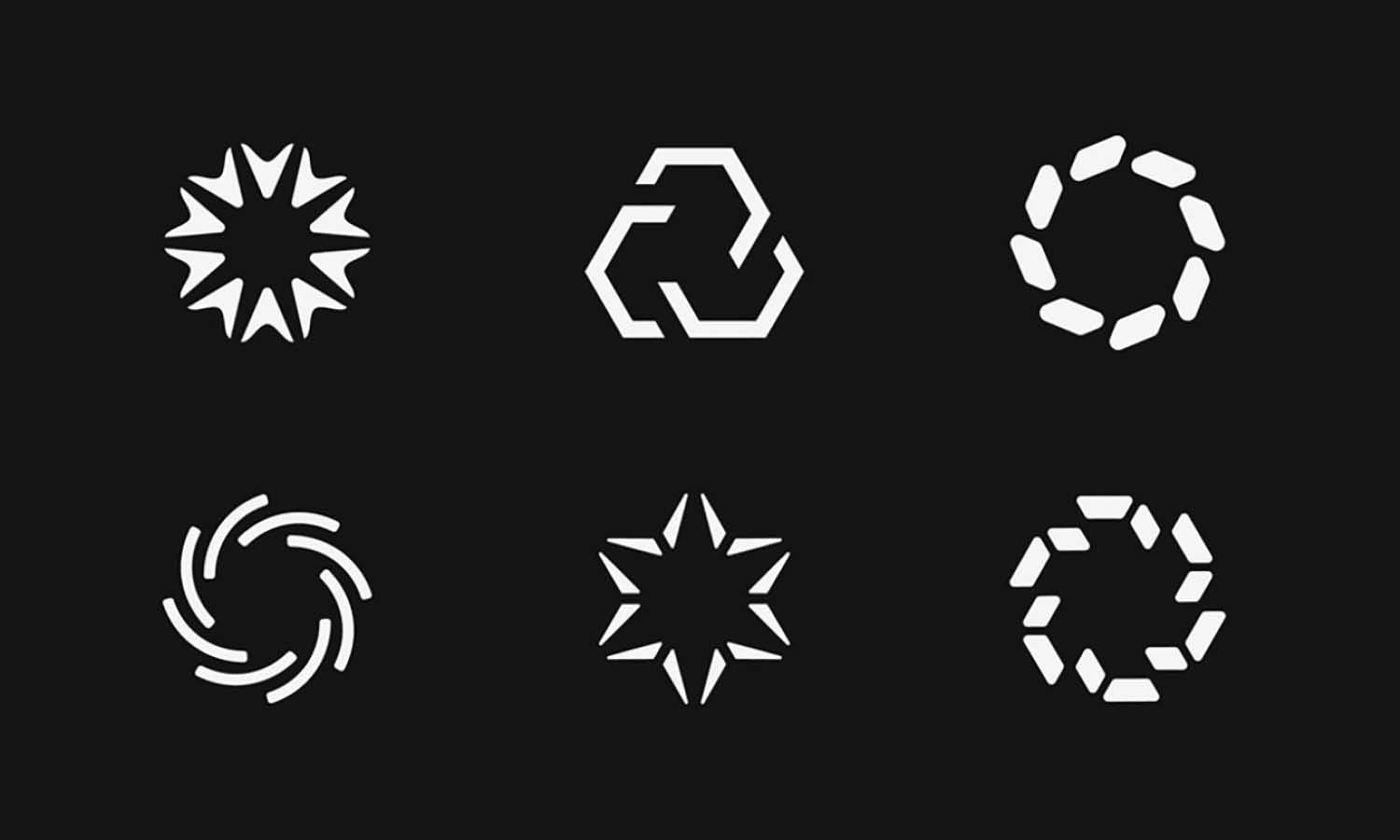Environmental Designer Career, Role, Salary & Responsibility

An environmental designer plays a vital role in shaping the spaces where people live, work, and interact—always with sustainability and functionality in mind. This career path blends the creative discipline of design with environmental awareness, architecture, landscape planning, and social responsibility. Environmental designers work to create spaces that are not only visually appealing but also efficient, eco-friendly, and in harmony with the natural world.
As the world becomes more focused on environmental challenges, the demand for professionals who can design sustainable solutions has increased significantly. Whether it's designing parks, revitalizing urban areas, planning green buildings, or developing community-friendly public spaces, environmental designers are central to the process of merging design innovation with environmental integrity.
The role requires a deep understanding of both built and natural environments. It calls for collaboration with architects, engineers, and environmental scientists to ensure that every project supports long-term ecological health. In this article, we’ll explore the diverse responsibilities of an environmental designer, what the job entails, the expected salary at various career stages, and the professional trajectory for those entering or growing within this impactful and evolving field.
Understanding the Role of an Environmental Designer
An environmental designer is a professional who integrates design, ecology, and human needs to create spaces that are both functional and environmentally responsible. Their work goes beyond simple aesthetics—each design decision considers sustainability, energy efficiency, and the overall impact on both people and nature. Whether working on an urban park, a commercial development, or a residential area, environmental designers aim to enhance the quality of life while preserving the integrity of natural systems.
The role of an environmental designer involves in-depth site analysis, creative concept development, and technical planning. These professionals often assess soil conditions, water flow, sunlight exposure, and local ecosystems before drafting a design. They balance client objectives with environmental guidelines, ensuring projects align with long-term sustainability goals. This dual responsibility makes the environmental designer an essential bridge between design innovation and ecological stewardship.
Additionally, environmental designers are often involved in policy discussions, community planning sessions, and collaborative work with engineers, architects, and public officials. Their input helps shape smarter, greener cities and healthier public spaces. By merging design expertise with environmental science, they play a pivotal role in redefining how we shape and experience the built world, both now and in the future.
Core Focus Areas in Environmental Design
The work of an environmental designer spans several key areas, all aimed at creating spaces that support human activity while respecting the natural world. One of the central focus areas is urban planning and development, where designers improve city layouts by adding green spaces, improving walkability, and reducing environmental strain through better land use strategies.
Another major area is landscape design, which includes the creation of parks, recreational zones, and gardens that are not only beautiful but also ecologically sound. Environmental designers in this space often use native plants, permeable materials, and stormwater management systems to support biodiversity and reduce runoff.
Green architecture and sustainable buildings are also core components. Environmental designers work closely with architects to ensure structures incorporate natural lighting, energy-efficient systems, and materials that lower the environmental footprint.
Interior environmental design is a growing niche that emphasizes eco-friendly materials, indoor air quality, and wellness-driven layouts. This area often intersects with commercial design, especially in workplaces and healthcare environments.
Educational Requirements for Environmental Designers
The educational pathway for becoming an environmental designer typically starts with a bachelor's degree in environmental design, architecture, landscape architecture, or a related field. These programs equip students with a fundamental understanding of design principles, sustainable practices, and the use of technology in environmental planning.
Coursework often includes urban studies, ecology, sustainable materials, and spatial design, along with hands-on design studios and workshops that mimic real-world projects. To enhance their credentials, aspiring environmental designers may pursue master's degrees specializing in more nuanced areas like sustainable urban design or environmental psychology.
Additionally, practical experience through internships or cooperative education opportunities is highly valued as it provides direct exposure to the field's challenges and demands. Professional certifications, such as LEED accreditation, can further validate an environmental designer's expertise in sustainable design practices, significantly enhancing career prospects.

Key Skills Necessary for Success
Success as an environmental designer depends on a blend of creative, technical, and interpersonal skills. Firstly, creativity is paramount; environmental designers must envision innovative and functional designs that integrate natural elements with urban environments. Technical proficiency is equally critical. Mastery of advanced design software, including AutoCAD, SketchUp, and geographic information systems (GIS), enables the creation of precise and scalable models. Knowledge of environmental and building regulations also plays a crucial role, ensuring designs comply with sustainability standards and local codes.
Analytical skills are essential, as environmental designers must evaluate the environmental impact of their projects, using data to optimize the sustainability of their designs. Project management skills are necessary to oversee projects from conception through completion, managing time, budget, and team coordination effectively. Communication skills are indispensable for articulating design concepts and collaborating with architects, planners, and stakeholders.
These professionals must also be adept at problem-solving, often needing to adjust plans in response to construction issues or changing environmental policies. Adaptability and a commitment to continuous learning are vital, given the fast-evolving nature of environmental technologies and sustainability practices.
Certifications and Licenses
For environmental designers, certain certifications and licenses are crucial in establishing their expertise and credibility. Most significantly, Leadership in Energy and Environmental Design (LEED) accreditation is highly regarded. This certification demonstrates a designer's skill in creating energy-efficient and cost-saving green buildings. It is essential for those who aim to work on projects that require sustainable design expertise.
In addition to LEED, the Certified Green Professional (CGP) designation offered by the National Association of Home Builders is another valuable certification that showcases a designer's knowledge in green building and business practices. Some regions may also require licensing, particularly for those who impact public safety and welfare through their designs. For example, landscape architects, often involved in environmental design, need a license to practice in many states, which usually requires passing the Landscape Architect Registration Examination (LARE).
Environmental designers may also benefit from becoming certified ecological designers or certified sustainable building advisors. These certifications help professionals prove their knowledge of ecological principles and their ability to apply sustainable practices effectively. Continuing education is vital, as it allows designers to stay up-to-date with evolving regulations, materials, and technologies. Maintaining and advancing their certifications ensures that environmental designers remain competitive in the field, ready to meet the challenges of modern sustainable design.
Career Growth and Advancement Opportunities
One of the professions in this distinct field that not many people know is environmental designer. What is it? Does it work around environmental design or ideas? Indeed, it does. However, the environmental designer career is one of the unique options out there since it works with digital creation. It is a unique work that you might want to look at, especially as green job opportunities continue to grow in importance and demand.
Mid-level environmental designers typically handle project coordination, client communication, and technical supervision. They may specialize in areas such as sustainable urban planning, environmental impact assessments, or green infrastructure. At this stage, professionals often develop strong portfolios that open doors to leadership roles and more complex design work.
As environmental designers continue to gain expertise, advancement can lead to project director, design principal, or sustainability consultant positions. Some professionals choose to establish their own firms, focusing on niche markets such as eco-tourism development or regenerative agriculture design.
Further growth can be supported through certifications like LEED accreditation or advanced degrees in urban planning, landscape architecture, or environmental science. These credentials enhance credibility and open up opportunities for teaching, public speaking, or policy advisory roles.
Overall, the field supports a dynamic and fulfilling career. The increasing demand for sustainable solutions ensures that an environmental designer can progress in both creative expression and professional influence over time.
Impact of Environmental Designers on Society
An environmental designer plays a crucial role in shaping how communities function, feel, and flourish. By thoughtfully integrating natural systems into built environments, environmental designers improve quality of life while promoting environmental responsibility. Their work extends far beyond aesthetics—it impacts health, social connectivity, and ecological resilience.
One major societal benefit is the creation of healthier living conditions. Projects that prioritize clean air, natural light, green spaces, and reduced noise pollution contribute to physical and mental well-being. Parks, walkable neighborhoods, and eco-friendly buildings designed by environmental designers support active lifestyles and reduce stress.
Environmental designers also foster inclusivity and community engagement. By designing accessible public spaces and considering diverse needs, they help create environments where all people can thrive. Whether it's a community garden, urban plaza, or transportation hub, their work encourages social interaction and civic pride.
Another significant impact lies in sustainability. Environmental designers promote energy efficiency, water conservation, and waste reduction. These efforts help communities reduce their carbon footprint and adapt to climate challenges over time.
Additionally, their work educates the public and influences positive behavior change. People are more likely to value nature and sustainability when their environments reflect those priorities.

Environmental Designer Salary Trends
The salary of an environmental designer can vary widely depending on factors such as geographic location, level of experience, and the specific industry in which they work. Entry-level environmental designers typically start with a salary range of $40,000 to $50,000 annually, reflecting the initial phase of gaining practical experience and building a professional portfolio. With several years of experience, environmental designers can expect to see their salaries rise to between $60,000 and $75,000, especially those who work in urban areas or for large, multidisciplinary firms.
Senior environmental designers or those with specialized skills in sustainable design or advanced software proficiency can earn upwards of $85,000 to $100,000. Additionally, environmental designers who take on managerial roles or establish their own practices can see even higher earnings, potentially exceeding $100,000, depending on the success and scale of their projects.
Geographically, salaries tend to be higher in major urban centers where the demand for sustainable urban planning and design is greatest. Cities like San Francisco, New York, and Chicago, known for their focus on green building and sustainable infrastructure, offer the highest pay rates.
Contribution to Sustainability
Environmental designers play a pivotal role in promoting sustainability through their innovative design solutions that integrate ecological principles into the built environment. Their work contributes significantly to the reduction of carbon footprints, enhancement of energy efficiency, and conservation of natural resources. By selecting sustainable materials and employing green building techniques, environmental designers ensure that projects not only meet aesthetic and functional requirements but also minimize environmental impact.
These professionals are crucial in the implementation of renewable energy solutions, such as solar panel installations and the design of buildings optimized for natural lighting and ventilation, reducing the need for artificial heating and cooling. Water conservation is another critical area of focus, with environmental designers often developing rainwater harvesting systems and sustainable drainage solutions to manage stormwater and reduce runoff.
Moreover, the strategic planning of green spaces is essential in their work, enhancing urban biodiversity and providing city dwellers with much-needed areas for recreation and relaxation. These spaces also play a crucial role in improving air quality and reducing urban heat islands in densely populated areas.
Impact of Environmental Design on Public Health
The impact of environmental design on public health is profound and multifaceted. Environmental designers create spaces that not only enhance the aesthetic appeal of environments but also promote healthier lifestyles. By incorporating walkable pathways, bicycle-friendly lanes, and accessible green spaces, they encourage physical activity and interaction, which are crucial for mental and physical health.
Air quality is another significant concern addressed by environmental designers. Through the use of low-emission materials and the integration of plant life into urban spaces, they can significantly reduce pollutants in the air, which contributes to respiratory and cardiovascular health. Additionally, the strategic placement of windows and the thoughtful orientation of buildings can maximize natural light, improving mood and vitality, reducing reliance on artificial lighting, which has been linked to various health issues.
Noise pollution, often overlooked, is mitigated through the use of sound barriers and the design of quiet green refuges in busy urban settings. Furthermore, the psychological benefits of interacting with nature, facilitated by environmental design, are well-documented, with reductions in stress and anxiety levels contributing to overall well-being.
Conclusion
The role of an environmental designer is both impactful and essential in today’s world. From designing sustainable spaces to influencing healthier communities, environmental designers combine creativity with environmental responsibility. This career offers diverse opportunities for growth, whether through specialized roles, leadership positions, or independent practice. As the demand for sustainable design continues to rise, the environmental designer stands at the forefront of shaping spaces that balance functionality, beauty, and ecological care. For those passionate about both design and the environment, this profession offers a meaningful path to contribute to a better and more resilient future.
Let Us Know What You Think!
Every information you read here are written and curated by Kreafolk's team, carefully pieced together with our creative community in mind. Did you enjoy our contents? Leave a comment below and share your thoughts. Cheers to more creative articles and inspirations!
LINK
One of the professions in this distinct field that not many people know is environmental designer. What is it? Does it work around environmental design or ideas? Indeed, it does. However, the environmental designer career is one of the unique options out there since it works with digital creation. It is a unique work that you might want to look at, especially as green job opportunities continue to grow in importance and demand.
















Leave a Comment